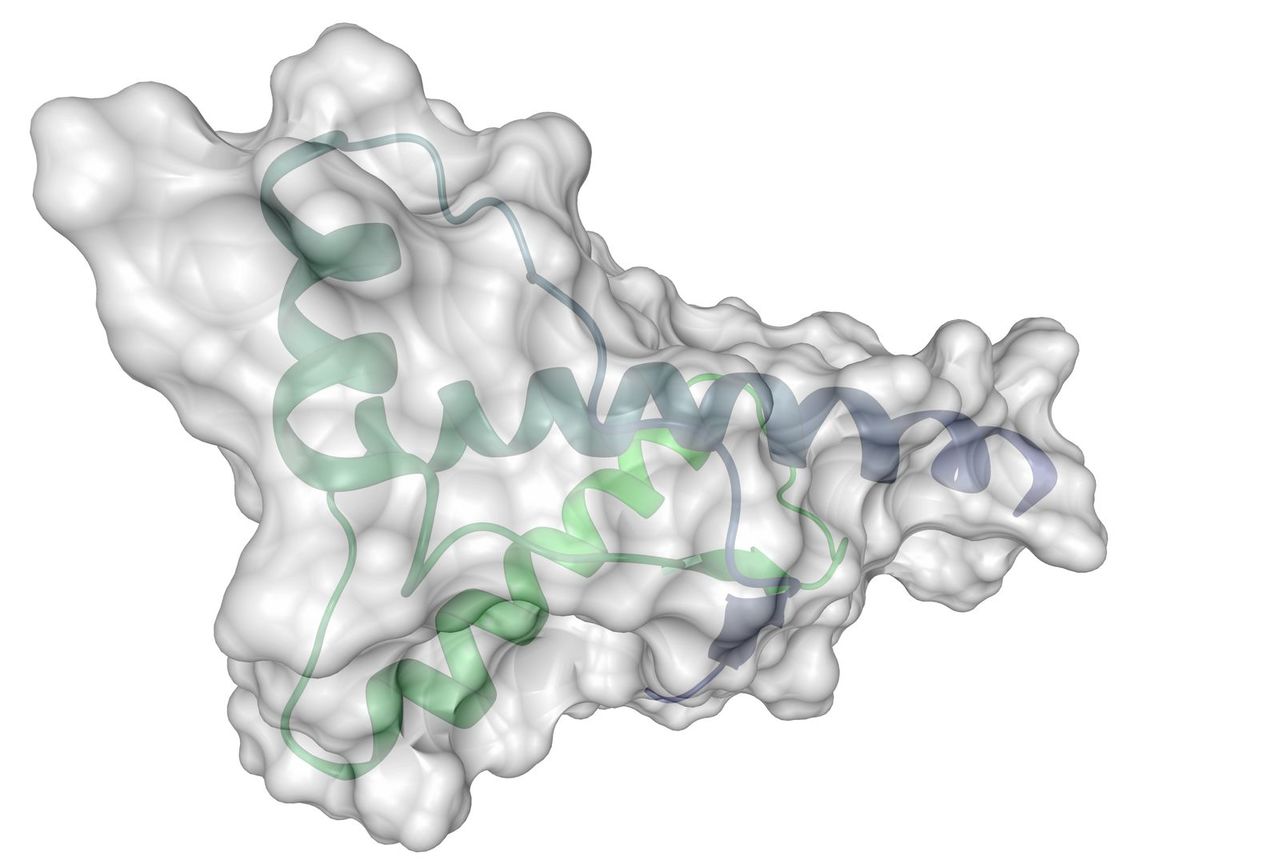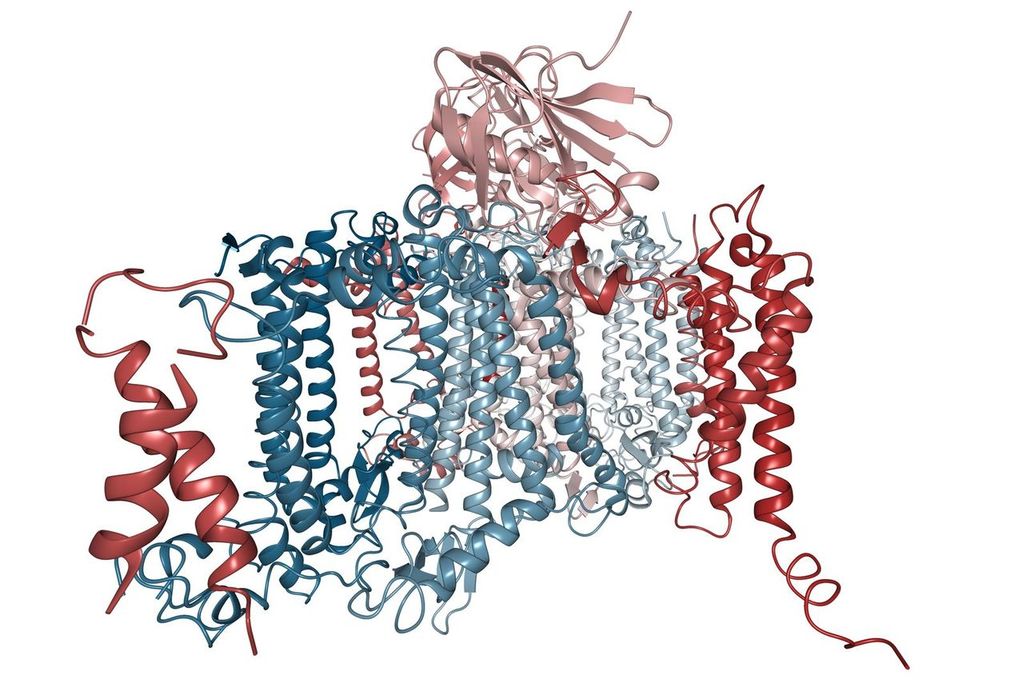Glycoinformatics-assisted Glyco-transcriptomics Transcript Analysis Service
Unlocking Glycosylation Secrets with Advanced Transcriptomics and Glycomics
By combining advanced transcriptomics and glycomics technologies, CD BioGlyco offers a comprehensive gene expression and glycosylation analysis platform. We offer both quantitative real-time PCR (qRT-PCR) as well RNA sequencing (RNA-seq) for the quantitation and comprehensive profiling of gene expression levels, specifically genes involved in glycosylation. We also use methods such as mass spectrometry (MS) and lectin microarrays for glycomic analysis of the glycans themselves, probing their structure at high resolution, and determining binding properties to assess specificity affording a complete and unbiased snapshot. Through the use of databases, such as GlycoGene DataBase (GGDB) and The Cancer Genome Atlas (TCGA), our bioinformatics tools do pathway analyses and identifications of differentially expressed genes (DEGs) for disease biomarker discovery in cancer research.

Transcriptome analysis
qRT-PCR arrays: We employ qRT-PCR arrays for precise measurement of gene expression levels, covering 186 glycogenes in duplicates on a 384-well plate. This method ensures high accuracy and sensitivity, ideal for detecting low-expressing genes crucial for glycan biosynthesis.
RNA-Seq: RNA-Seq provides comprehensive profiling of the transcriptome, including glycogenes and other protein-coding genes. Our experts use this technology for the detection of mutations, alternative splicing events, and accurate quantification of gene expression levels, even for low-abundance transcripts.
Data integration and analysis
Our service integrates glycome and glycoproteome data to correlate gene expression with glycosylation patterns. Techniques include MS for detailed glycan structure analysis and lectin microarrays for profiling glycan-binding properties. We utilize databases such as the GGDB and TCGA for comprehensive data mining and validation.
CD BioGlyco's glycoinformatics-assisted glyco-transcriptomics transcript analysis service encompasses three primary types of transcript analysis to provide comprehensive insights into glycosylation processes. Moreover, we provide other
Glycan-related Transcriptomics Analysis Services based on our
Glycoinformatics-assisted Glycomics Analysis Technologies.
Publication
DOI: 10.1016/j.isci.2022.104419
Technology: Single-cell RNA sequencing (scRNA-seq), qRT-PCR, Bioinformatics, Atlas of glycosylation pathways
Journal: Iscience
Published: 2022
IF: 4.6
Results: The authors introduce how scRNA-seq can be leveraged to map glycosylation machinery and its metabolic network at a cellular level. The study obviates the transcriptional regulation of glycosylation pathways by mapping variable cell type- and organ-specific mRNA differential expression patterns for 214 enzymes involved in this post-translational protein modification process. From the work, we find that most of the overall and oligosaccharide general protein-and-lipid scaffolds are generated by some limited-expression-switchable enzyme in various pathways while key enzymes serve on different glycosylation paths as regulatable hotspots. We created Glycopacity software as part of our studies that extracts and interprets glycosylation information from the transcriptome data by predicting absolving many parts of the cellular glycome, or gylcanation's capacity such as to find out regulatory hotspots.
 Fig.1 Applying transcriptomics to study glycosylation at the cell type level. (Dworkin, et al., 2022)
Fig.1 Applying transcriptomics to study glycosylation at the cell type level. (Dworkin, et al., 2022)
Applications
- This service can be used to analyze cancer cells and identify changed glycosylation profiles with gene expression patterns as well, which allows us to have the chance to help find out the glycobiomarkers for many kinds of diseases such as liver tumors.
- This service can be employed to study differential glycosylation pathways between cancer cells and normal cells to elucidate disease mechanisms, as well as potential targets for therapeutic intervention.
Advantages
- Our combination of experimental methods yields a comprehensive insight into glycan biosynthesis and transcriptomics regulation.
- Combining qRT-PCR and RNA-Seq allows for accurate quantitation of gene expression even at low levels with glycogenes.
- We offer custom analytical services tailored to our customers' needs, for disease diagnosis, drug development, and functional glycomics.
Frequently Asked Questions (FAQs)
- What is glyco-transcriptomics transcript analysis, and how can it benefit your research?
- This analysis involves techniques such as scRNA-seq and qRT-PCR to measure the expression levels of glycosylation-related genes. By integrating bioinformatics tools like Glycopacity software, researchers can predict glycosylation capacity, identify regulatory hotspots, and map glycosylation pathways across different cell types and organs.
- What technologies and tools are used in this glyco-transcriptomics transcript analysis service?
- Technologies and tools such as scRNA-seq, qRT-PCR, Glycopacity software, bioinformatics integration, and heatmap and statistical analysis.
At CD BioGlyco, we provide glycoinformatics-assisted glyco-transcriptomics transcript analysis service based on advanced techniques and comprehensive data integration. This service helps our clients uncover novel insights into glycosylation pathways, identify biomarkers, and advance their research in the field of glycobiology. Please do not hesitate to contact us for more information if you are interested in our service.
References
- Adua, E. Decoding the mechanism of hypertension through multiomics profiling. Journal of Human Hypertension. 2023, 37(4): 253-264.
- Dworkin, L.A.; et al. Applying transcriptomics to study glycosylation at the cell type level. Iscience. 2022, 25(6).
For research use only. Not intended for any diagnostic use.
Quick Links
Related Services



 Fig.1 Applying transcriptomics to study glycosylation at the cell type level. (Dworkin, et al., 2022)
Fig.1 Applying transcriptomics to study glycosylation at the cell type level. (Dworkin, et al., 2022)


